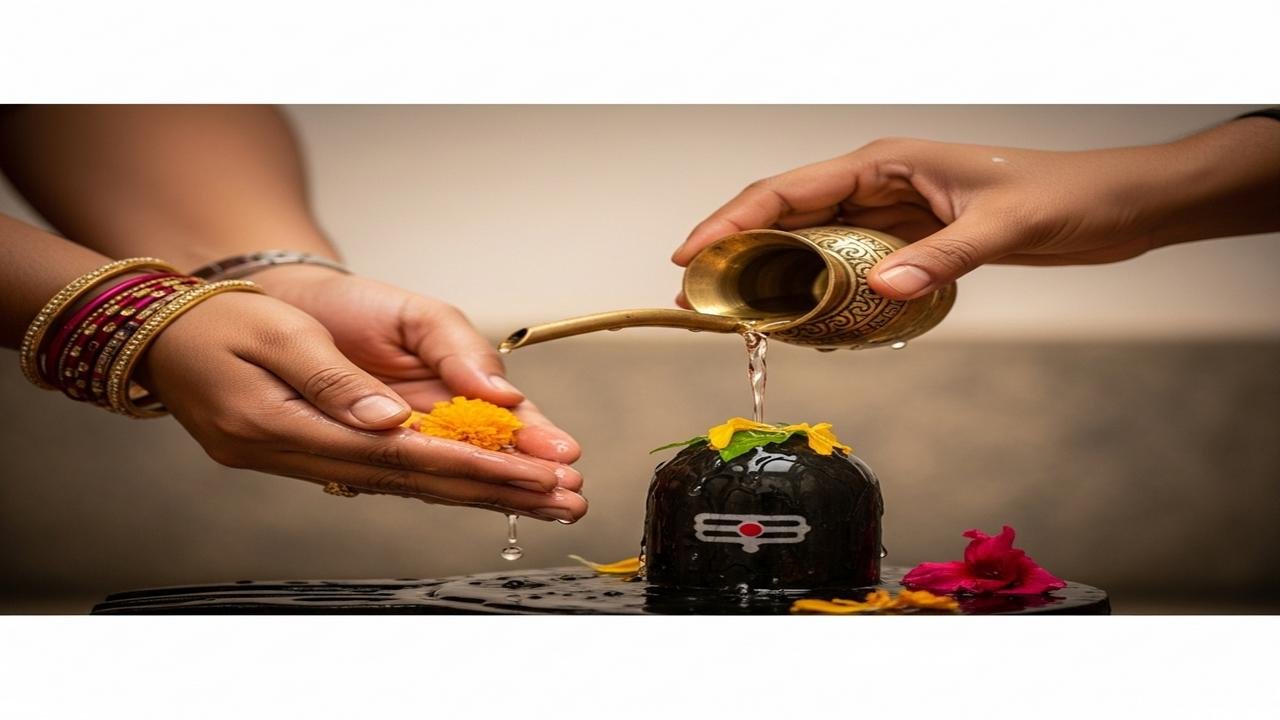You Will Not Believe What Holy Water After Puja Means

Why Do We Sprinkle Holy Water After Puja?
When I was a child, I remember the hush that fell over our small home after the puja. My grandmother would dip her fingers into a brass bowl, lift her hand, and sprinkle a fine mist of water over the idols, the family, and the room. That single, gentle act felt like a blessing moving through the air — quiet, simple, and full of meaning. Years later, I learned why that drop of water carries so much weight in our hearts and homes.
Holy water in Hindu practice is often called tirtha, gangajal, or simply jal. It is water that has been offered to the deity, collected from sacred rivers like the Ganga, or blessed during the worship. Sprinkling holy water after puja is a practice rich in symbolism, history, and everyday spirituality.
Historically, water has always been a central element in Indian rituals. Rivers were not just sources of life; they were living symbols of purity and sustenance. Offering water to gods and then returning it to people as tirtha grew from this deep respect for the element that nourishes all life. Temples kept vessels of consecrated water, and households followed this practice to invite divine presence into their daily lives.
The meaning behind sprinkling holy water after puja can be understood in several heartfelt ways:
- Purification: Water clears dust and dirt, and symbolically it washes away inner impurities — restlessness, negative thoughts, and worries.
- Blessing: When water touches a person, object, or space after being offered to the deity, it is believed to carry divine grace and protection.
- Consecration: Sprinkling marks things as sacred — prasadam, new purchases, or a newly cleaned home become sanctified for use.
- Connection to Nature: It reminds us of our link with rivers, rain, and the living Earth — acknowledging gratitude for life’s sustenance.
- Healing and Comfort: The act soothes the mind and builds faith that values compassion, care, and well-being.
In practice, after completing the mantras and arti, the priest or the head of the household dips a handful of water or a sprig of leaves (like tulsi or mango) into a bowl of tirtha and sprinkles it lightly. The water may touch the forehead, the feet, the offerings, and the corners of the room. This simple flow creates a rhythm — a gentle closing of the worship and an opening of sacred space into everyday life.
Today, the ritual also carries modern relevance. In busy, noisy times, that few seconds of blessing invites stillness. It is a moment to breathe, to feel part of a tradition that honors care, community, and mindfulness. During festivals, when neighbors gather, the shared sprinkling becomes a quiet way to bless many at once, strengthening social bonds.
Respect for holy water remains important. Traditionally, we do not waste tirtha; we drink a little or touch it to the eyes and forehead with reverence. For those using river water, there is also an understanding to preserve natural sources and to be mindful of hygiene.
Sprinkling holy water after puja is more than a ritual step. It is a living story — of gratitude to nature, of seeking inner purity, of sharing blessings, and of holding a moment of sacred peace in the middle of ordinary life.
Conclusion
Next time you feel the cool touch of tirtha, pause and feel the thread that links you to generations before you. In that small, blessed droplet is a reminder: life is a blend of the sacred and the simple — and every washing can become a blessing.
